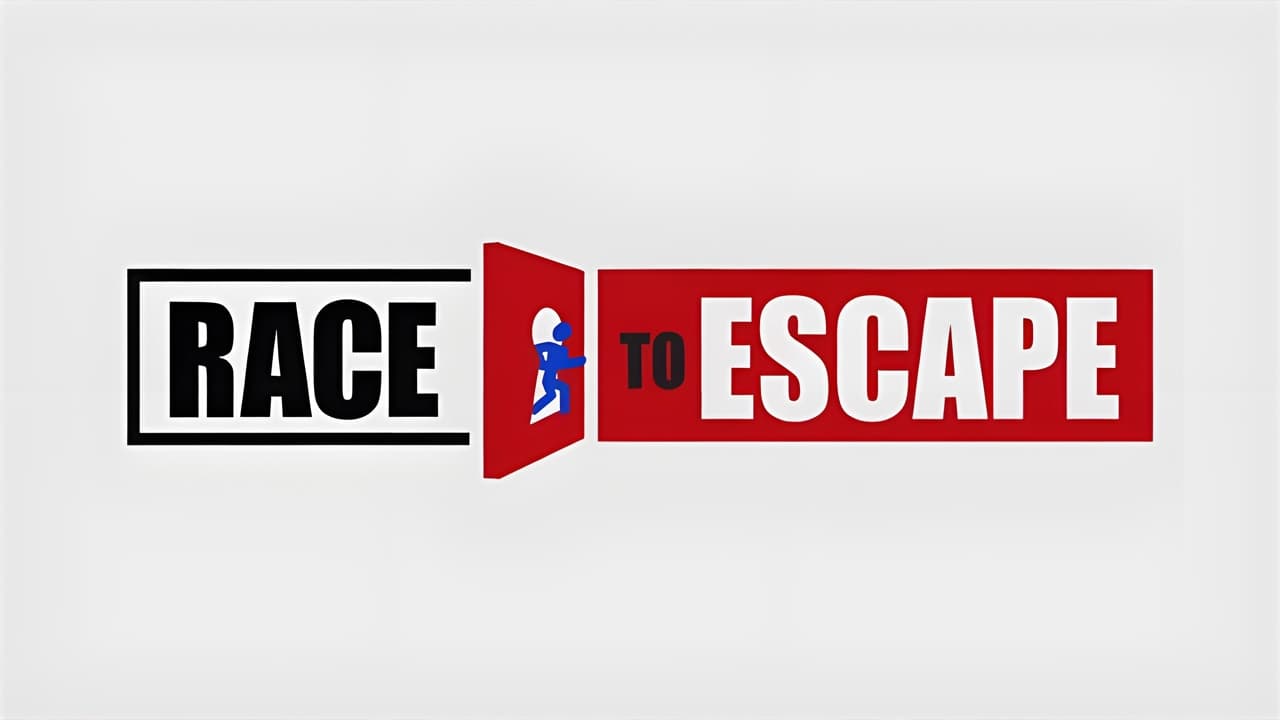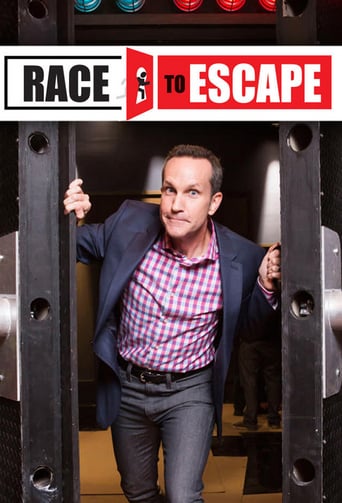

Please don't spend money on this.
... View MoreGreat visuals, story delivers no surprises
... View MoreIt's an amazing and heartbreaking story.
... View MoreThe storyline feels a little thin and moth-eaten in parts but this sequel is plenty of fun.
... View MoreThe premise of "Race to Escape" is somewhat better than other reality shows. Two teams of three contestants each are blind-folded and placed inside separate rooms. Their blind-folds are removed and they have to figure out how to escape from their respective rooms. Each room has a large door with five bolts, and each bolt can be retracted by entering a four-digit numeric code into a keypad device near the door. Throughout the room are many objects and furniture, some replicas of artifacts, some modern, and some strange puzzles. Some of the objects, but not all, contain clues, and five different objects contain the numeric codes. Each team has one hour to find the codes and place them one-by-one into the device to release the bolts of the door and do so before the other team to be declared the winner. A set amount of prize money is announced at the beginning of the round, but the prize can change.There are a few catches. Once the teams have gone beyond a certain amount of time, even if they win, the prize money, usually beginning at $25,000, will decrease. Also, if too many wrong codes are placed into the keypad box sequentially, the box will lock-up for two minutes, thus giving their opposing team an advantage and/or also sacrificing the amount of potential prize money. There is one out: either team at any time can opt to get the answer to one and only one clue, but they have to sacrifice $5000 of their potential prize money plus give minutes worth of time as a trade-off. Also, the clue answer cannot be for the last clue.While I found the clues compelling and the objects interesting, there seemed to be a couple of problems. One issue I had was the host, Jimmy Pardo, often interrupts the flow of the show and reveals the answers to the clues being looked for by the contestants. Unfortunately, given the format of the show and the layout of the room, the audience can't really play along and try to answer the clues, because the objects are scattered around the room/set. The camera tended only to view an object when the contestants noticed it.I enjoyed one viewing of the show, but because I couldn't really "play along" and find the answers, it's mainly watching two teams of three people run around and scatter for the answers. Because I was given many of the answers by the host, I knew what the contestants were trying to solve. I think the show would be more interesting and possibly more successful if we as the audience had the opportunity to look for and decipher the clues ourselves, somewhat in the same way a murder mystery allows for the audience to figure out "whodunnit". Of course this would mean rethinking how the room is laid out and/or how the camera shoots the show so the audience could clearly see the many different items. As it stands, I really can't play along, and therefore, I find the show less compelling.
... View More